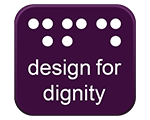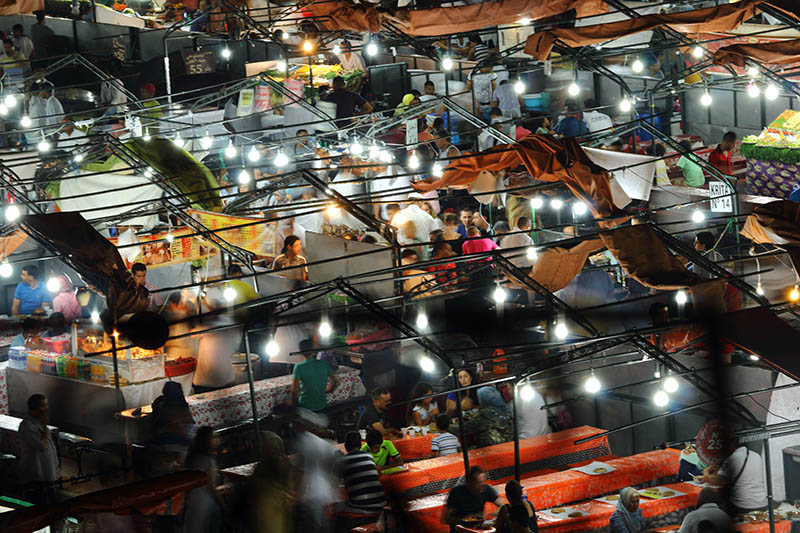Design For Dignity
Retail Guidelines





Whilst AND has not conducted research into the dining experiences of consumers with disability, personal experiences and common sense point to some basic suggestions. These are a mixture of premises and service pointers.
Pre-service: Before a diner even enters the restaurant, it is important that service staff are able to accurately describe the accessibility of the premises. Often staff do not know what diners with disability are referring to. Basic training in the what the restaurant has to offer is important as people rely on this. For example, “We have a flat entrance and automatic doors. We have a right hand transfer unisex accessible toilet. The restaurant also welcomes assistance animals”. Disappointment from customers can often end up on social media. It also helps if service staff can ask about and note accessibility requirements of patrons so that seating can be organised or paths of travel adjusted beforehand to create a more dignified experience.
Service: Service techniques are covered towards the end of this publication. In restaurants, service staff can smooth the way and provide more dignified access:
Lighting: Mood lighting in restaurants creates issues. When your customers need to use their smartphone lights to read the menu, it is time to improve the lighting. People with low vision may face the indignity of having the menu read to them and people who lip read may not be able to see to understand. 150 Lux is the minimum recommended lighting for lip reading.
Menu: Menus should have a reasonable font size (>11 point for menus at the table — more if the lighting is lower), simple font style and good contrast. Have the full menu available online in an accessible format (HTML or Word) so that people can pre-plan if they cannot see a paper menu. Consider having the menu printed in braille for people who are blind and can read braille.
Space: Ensure that there is a minimum 1m gap around all tables and pathways — more where there is likely to be people passing each other or congregating (doorways, payment counter, entry to kitchen and entry to toilets).
Seating: Make sure that there is a variety of seating available and that a space can be created for a diner using a wheelchair without fuss or spectacle.
Noise: Many restaurants are very noisy and for people with hearing impairment, conversations become very difficult. Hearing aids tend to focus in on the loudest noise on the side of the hearing aid (usually the next table). Ensure that the restaurant has a mix of hard and soft surfaces to absorb some of the noise.
Toilets: Be aware of whether your facilities really are accessible. Check out the guidance in this publication. Don't use the accessible facilities as a storage place for the cleaner's equipment. This makes the toilet unusable for guests.
Payment: Offering the bill to the table rather than to the dining companion of the person with disability is good practice. Explaining the options for credit card payment when someone can't see it. For example, “The amount of the bill showing is $67.80. You have the option of providing a tip which can enter first and then press the enter key. The next buttons you press will be your PIN followed by enter. The terminal is on the table just to the right of your plate. Would you like a receipt?” or “We have Paypass and the bill amount is $67.80. The terminal is on the table just to the right of your plate. Would you like a receipt?”